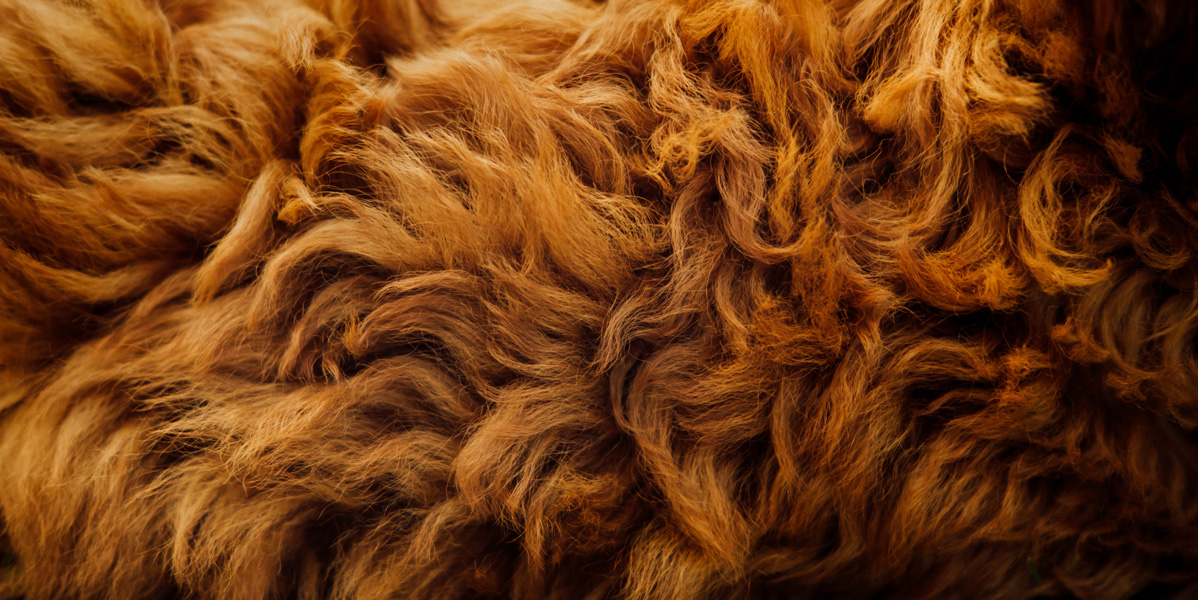
Save 35% with AutoShipUse code SAVE35 (Up to $20 max. Exclusions apply)

SAVE AN EXTRA $5 - $20 OFFUse code PETS in cart (Exclusions apply)

While efforts are made to answer all questions as quickly as possible, if an immediate answer is required or if your pet is in need of urgent or emergency care, contact your pet's veterinarian immediately.

You will receive an answer from Dr. Lindsay and our vet/tech team as soon as possible, usually the same day.
All answers are provided for informational or educational purposes only, and are intended to be a supplement to, and not a substitute for, the expertise and professional judgment of your pet's veterinarian.
It may be necessary to consult your pet's veterinarian regarding the applicability of any opinions or recommendations with respect to your pet's symptoms or medical condition.
Close
An error has occurred, please reload the page and try again.
CloseWhile efforts are made to answer all questions as quickly as possible, if an immediate answer is required or if your pet is in need of urgent or emergency care, contact your pet's veterinarian immediately.
There is no answer related to your question

Unlike sarcoptic mange, demodectic mange (red mange) is generally not contagious. Demodex mites are found on every dog, however, dogs with weak immune systems are more inclined to develop demodectic mange due to the dog's body being unable to naturally fight off the parasites. Signs of demodectic mange include patches of dry, scaly skin and redness near the mouth or eyes. Young short-haired breeds are also more inclined to develop demodectic mange.
Control mites
To control mites, use products containing Amitraz, which works to suspend the nervous system of parasites.
Boost your dog's immune system
Help your dog fight against mites by boosting his or her immune system with supplements.
Yucca Intensive is an all natural supplement used to promote symptom relief (from itching and inflammation) similar to steroid medications without the side effects. It can be applied directly to the skin or mixed in with food.
 Swipe
Swipe